What Equipment Is Needed For Food Photography ?
The equipment needed for food photography typically includes a digital camera (preferably with manual settings), a tripod to ensure stability, various lenses (such as a macro lens for close-up shots), diffusers or reflectors to control lighting, a backdrop or surface for styling, and props to enhance the composition. Additionally, artificial lighting equipment like studio lights or continuous lights may be used to achieve desired lighting effects.
1、 Camera and lens selection for capturing food images
Camera and lens selection for capturing food images is crucial in food photography. To capture the essence and details of the food, it is important to have the right equipment.
Firstly, a camera with manual controls is essential for food photography. This allows the photographer to have full control over the exposure, focus, and other settings. A DSLR or mirrorless camera is recommended for its versatility and image quality. The latest models offer high-resolution sensors, which can capture intricate details and vibrant colors.
In terms of lenses, a macro lens is highly recommended for food photography. Macro lenses have a close focusing distance, allowing you to capture the fine details of the food, such as the texture of a cake or the intricate patterns on a fruit. A lens with a focal length of around 50mm to 100mm is ideal for food photography.
Additionally, a tripod is a valuable tool for food photography. It helps to stabilize the camera and ensures sharp images, especially when shooting in low light conditions or using longer exposure times. A tripod also allows for precise composition and framing.
Other equipment that can enhance food photography includes diffusers and reflectors. Diffusers soften harsh lighting and reduce shadows, while reflectors bounce light back onto the subject, adding dimension and reducing contrast.
In conclusion, to capture stunning food images, it is important to have a camera with manual controls, a macro lens for capturing details, a tripod for stability, and additional tools like diffusers and reflectors to control lighting. The latest advancements in camera technology and lens design have made it easier than ever to achieve professional-quality food photography.
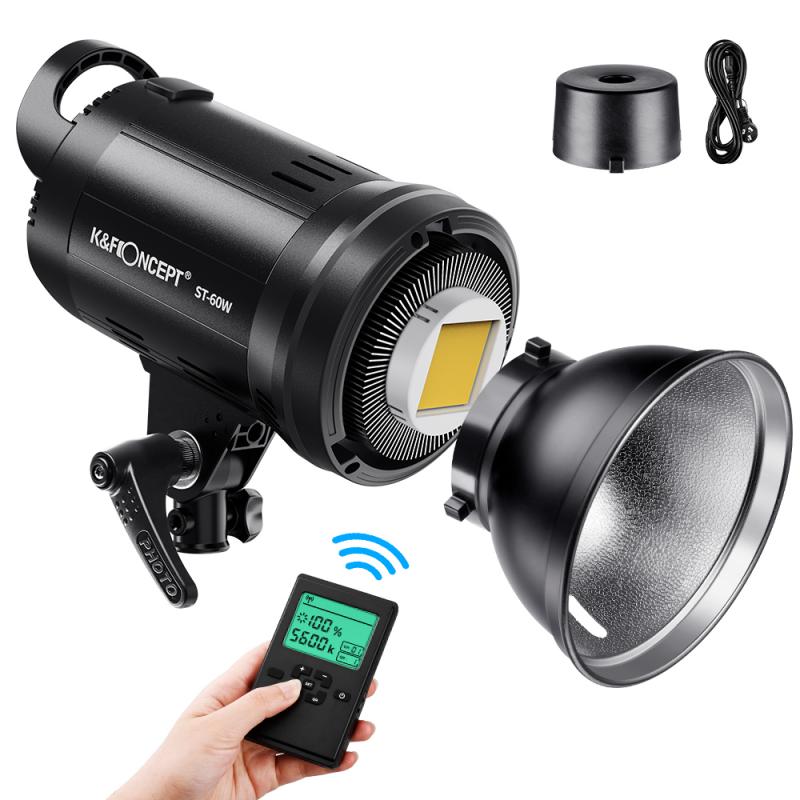
2、 Lighting equipment for achieving desired lighting conditions
What equipment is needed for food photography? Lighting equipment is crucial for achieving the desired lighting conditions in food photography. The right lighting can make all the difference in capturing the texture, colors, and details of the food in an appealing way.
There are several types of lighting equipment that can be used in food photography. One popular option is natural light, which can create a soft and flattering look. However, it is not always reliable or consistent, especially when shooting indoors or during nighttime. In such cases, artificial lighting becomes necessary.
Continuous lighting is a common choice for food photography. It provides a constant light source that allows photographers to see the lighting effects in real-time. LED panels are a popular option for continuous lighting as they are energy-efficient, produce little heat, and can be adjusted to achieve the desired color temperature.
Another option is strobe lighting, which produces a powerful burst of light. Strobe lights are often used in professional studios and can create a more dramatic and controlled lighting effect. They are especially useful when shooting in low-light conditions or when a specific mood or atmosphere needs to be created.
In recent years, ring lights have gained popularity in food photography. These circular lights are placed around the camera lens and provide even and diffused lighting. They are particularly effective in highlighting the details and textures of the food.
Ultimately, the choice of lighting equipment depends on the photographer's style, budget, and shooting conditions. Experimenting with different lighting setups and techniques can help achieve the desired look and enhance the overall quality of food photography.
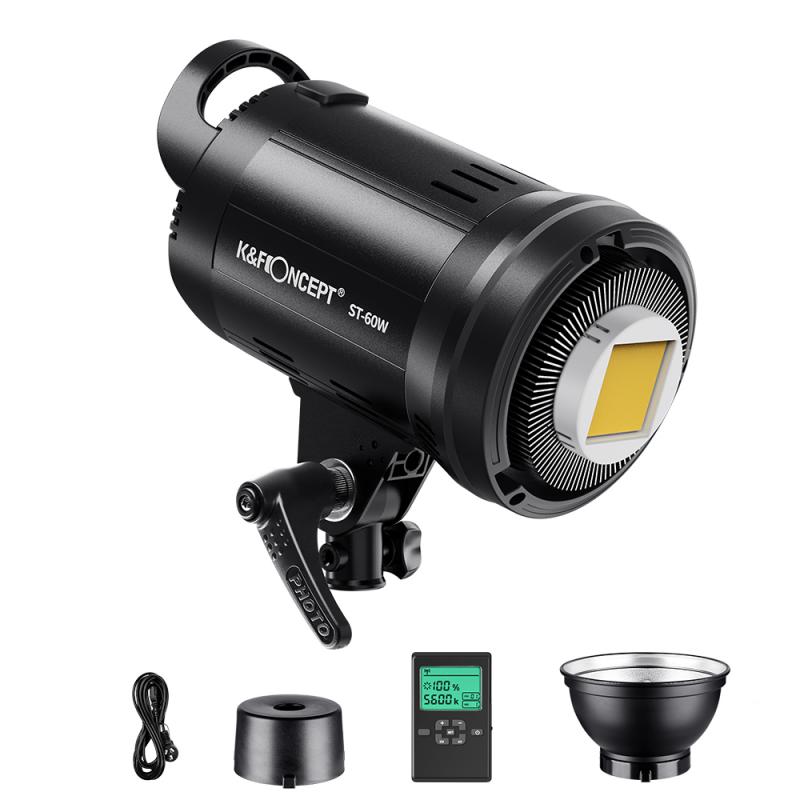
3、 Tripod for stability and precise positioning of the camera
What equipment is needed for food photography? One essential piece of equipment is a tripod. A tripod provides stability and precise positioning of the camera, ensuring that your shots are sharp and free from any unwanted camera shake. It allows you to experiment with different angles and compositions without worrying about holding the camera steady.
In recent years, there have been advancements in tripod technology that cater specifically to food photography. For instance, some tripods now come with flexible legs that can be adjusted to various heights and angles, allowing you to capture shots from unique perspectives. This flexibility is particularly useful when shooting close-ups of food, as it enables you to get up close and personal with the subject.
Another important consideration for food photography is lighting equipment. Natural light is often preferred for its soft and flattering effect on food, but it's not always readily available or consistent. Therefore, investing in artificial lighting equipment such as a softbox or a ring light can be beneficial. These tools help to create a well-lit environment, highlighting the textures and colors of the food.
Additionally, having a selection of props and backgrounds can enhance the visual appeal of your food photography. Props like plates, utensils, and napkins can add context and interest to the composition. Backgrounds, such as textured surfaces or colorful backdrops, can help create a mood or complement the food being photographed.
In conclusion, while a tripod is a fundamental tool for food photography, there are other equipment considerations to take into account. The latest advancements in tripod technology, along with lighting equipment and a variety of props and backgrounds, can elevate your food photography and help you capture stunning images that make viewers crave the food.
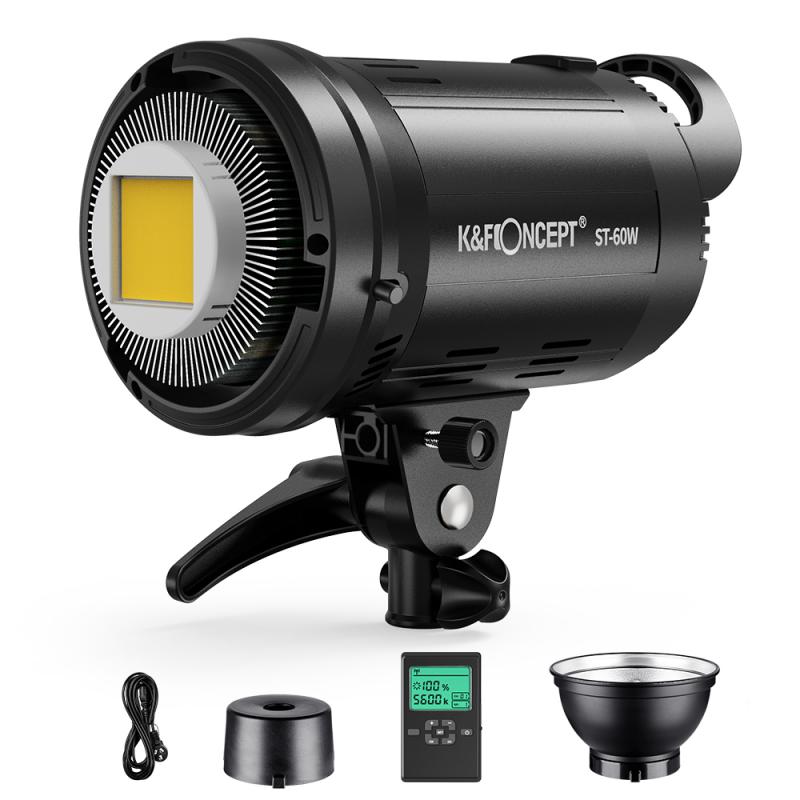
4、 Props and styling tools for enhancing the visual appeal
What equipment is needed for food photography? While having a good camera and lens is essential, there are several other tools and props that can greatly enhance the visual appeal of food photography.
First and foremost, a tripod is a must-have for food photography. It helps stabilize the camera and allows for precise composition and framing. This is especially important when shooting in low light conditions or when capturing intricate details.
Lighting equipment is also crucial for food photography. Natural light is often preferred, but having artificial lighting options such as softboxes or diffusers can help control and enhance the lighting conditions. These tools can help create a soft, even light that highlights the textures and colors of the food.
Props and styling tools play a significant role in food photography. These include plates, bowls, cutlery, napkins, and various backgrounds. Choosing the right props can help set the mood and tell a story about the food being photographed. Styling tools like tweezers, brushes, and sprays can be used to arrange and enhance the presentation of the food.
In recent years, there has been a growing trend towards a more natural and authentic style of food photography. This means using minimal props and focusing on the food itself. Simple, rustic backgrounds and natural textures are often favored to create a more organic and inviting feel.
Ultimately, the equipment needed for food photography goes beyond just the camera and lens. Props and styling tools are essential for enhancing the visual appeal and creating a captivating image that makes the viewer crave the food.

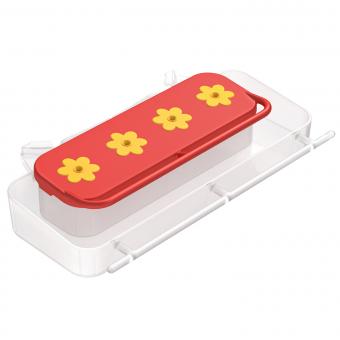
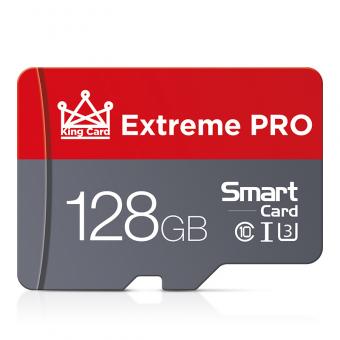
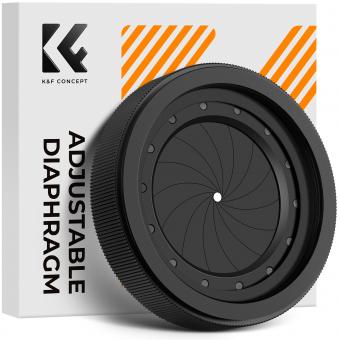







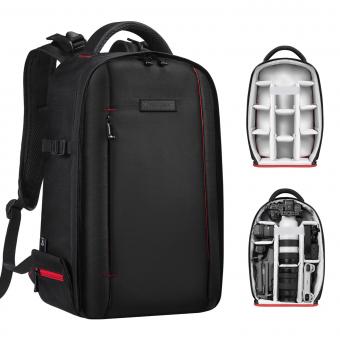
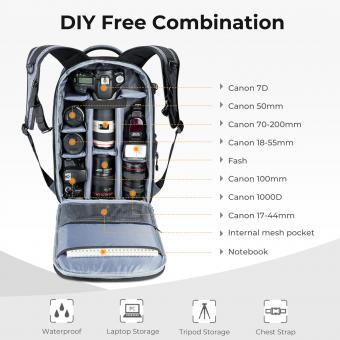

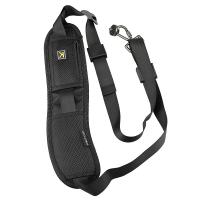

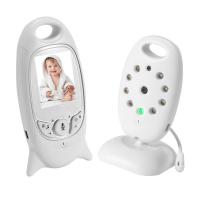



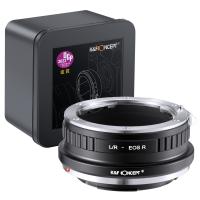

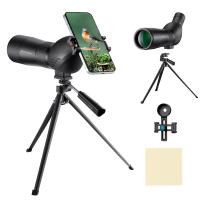
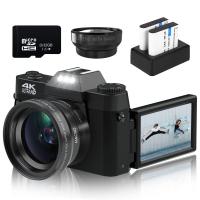
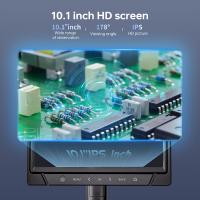
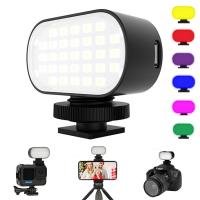
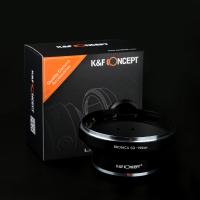


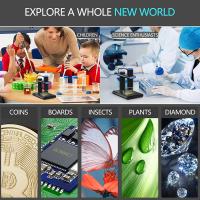

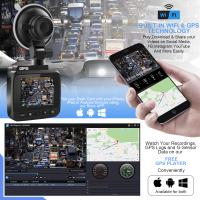
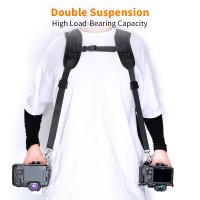

There are no comments for this blog.